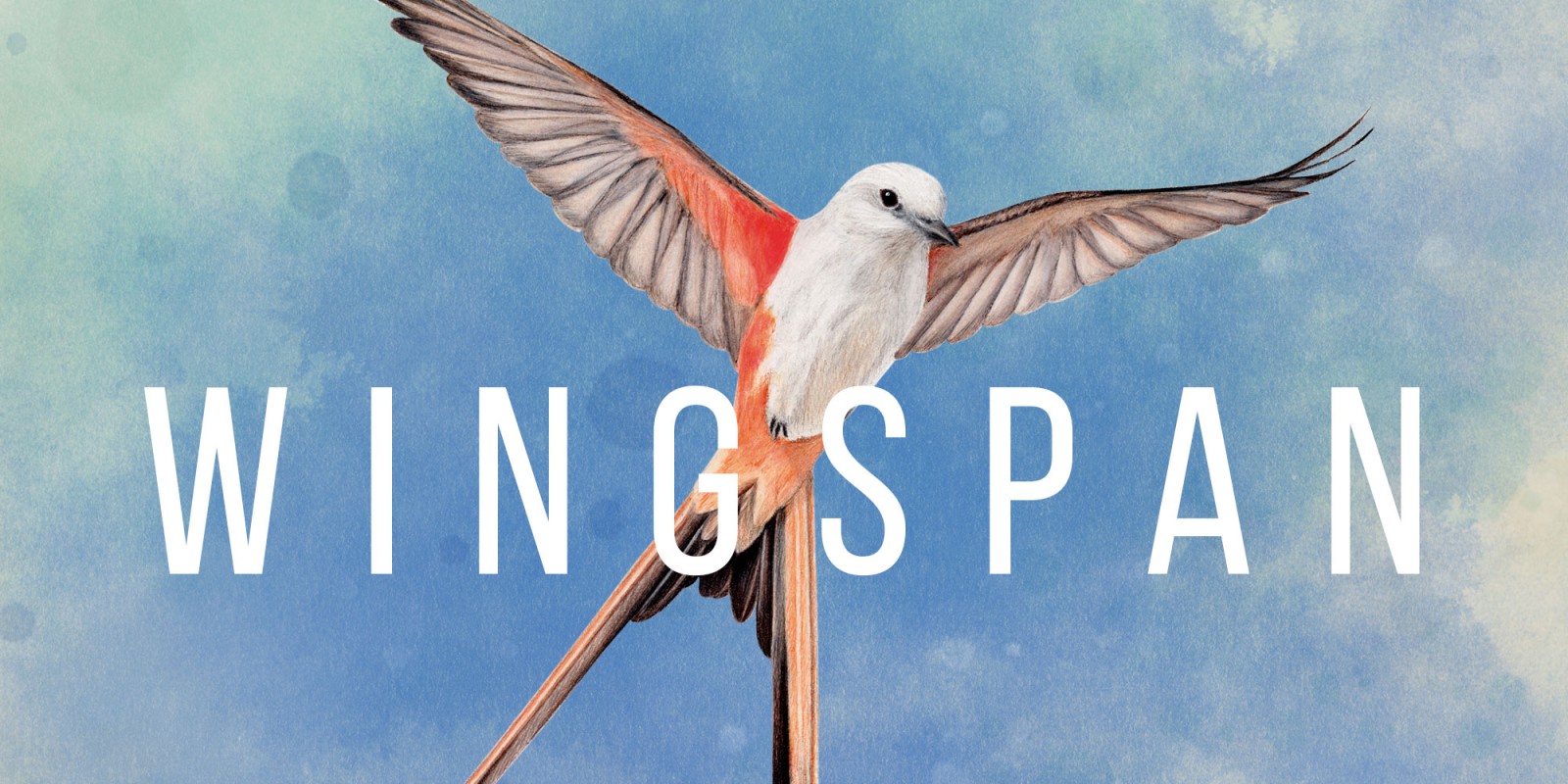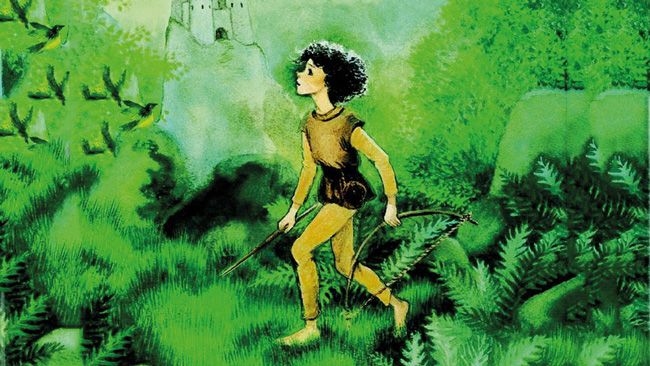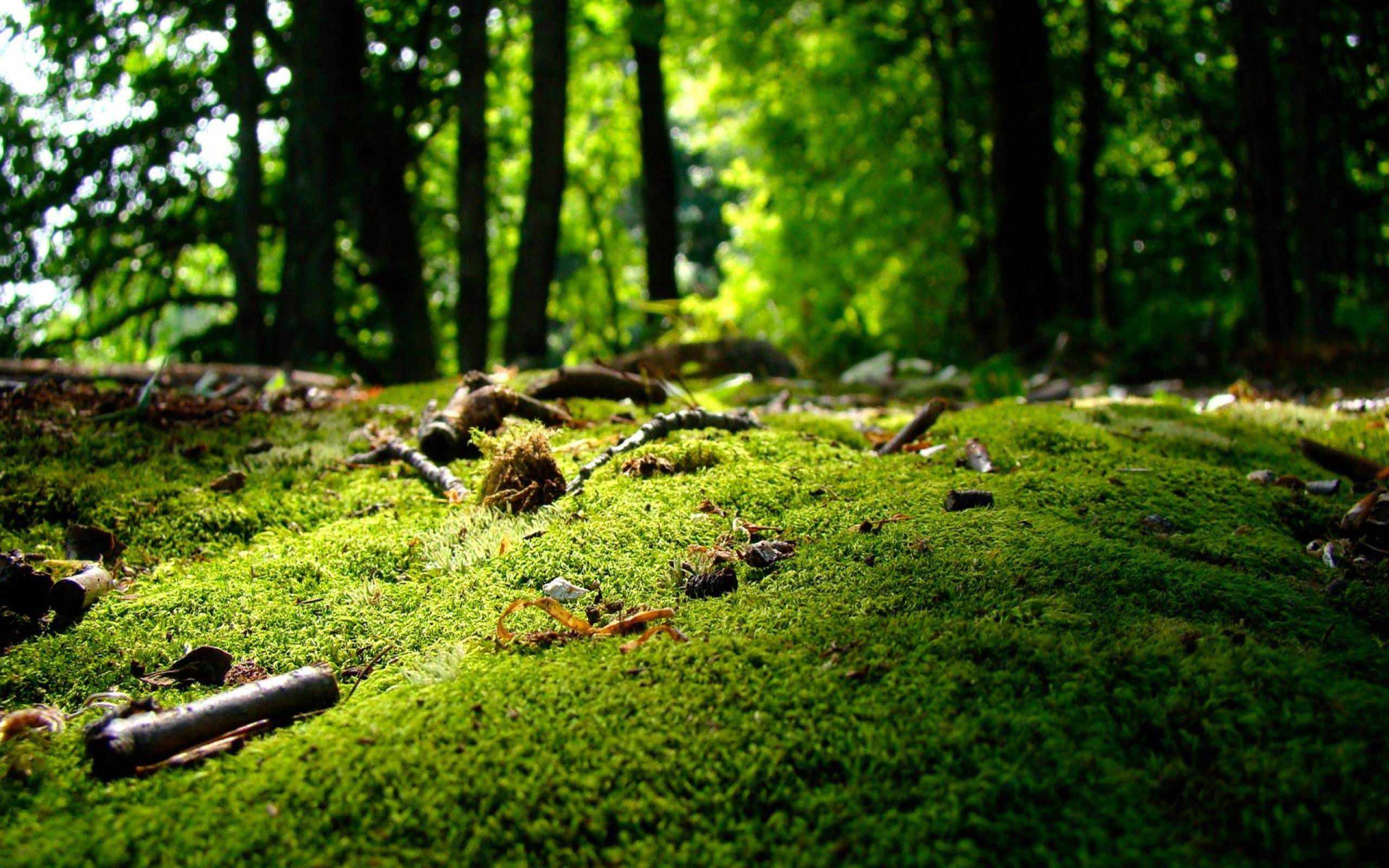Author:
Knut Wimberger
Short summary:
Starting from this article , we are going to review a game, a book and a film that connects us to Nature for you every month. This month we have chosen Wingspan, Ronja and My Octopus Teacher.

29th April 2021

a boardgame: wingspan
Wingspan is an elaborate and beautifully designed board game which has, within only two years of its release, jumped to 20th place among the 18k+ listed games in the international boardgamegeek’s database. It has won the 2019 Kennerspiel des Jahres award from the German Board Game Design Association. Yes, the Germans are not only known for wars and cars, they are also the world’s leading board gaming nation. So, this is a really prestigious award.
How come this game has sold 600k+ copies by March 2021 and attracted such a global interest? The game has a rather simple objective: Attract a beautiful and diverse collection of birds to your wildlife reserve. Behind this objective hides the passion of a spreadsheet geek and hobby ornithologist who was bored with the games she played with her friends. Elisabeth Hargrave created a game which brings an outdoor passion into the living room. It helps players to extend their hunter & gatherer instinct during cold or rainy days and spend hours with likeminded folks around a table.
Ms. Hargrave is familiar with game-design theory which emerged as a discipline only two decades ago. For Wingspan, she chose to follow the essential elements of game design outlined by the designer and programmer Marc LeBlanc in his book “Eight Kinds of Fun”: sensation, fantasy, narrative, challenge, fellowship, discovery, expression and submission. Every so often, she said, she asked herself, “How many of these am I using?” The focus is on creating interesting decisions.” At each turn, do you want to play a bird, or gain food, or lay an egg or draw a new card?
The success of this game can also be explained from a systemic meta perspective as it links to some larger general issues of our modern era. Firstly, the game’s release almost coincided with our realisation that smart phones and communication technology can have a very negative impact on our mental health. People consciously and unconsciously began to choose to spend time offline and board games are a great way to connect with others and be in the here and now. Secondly, there is a rising mainstream awareness that biodiversity loss is a threat not only to the species affected but our very own self. And lastly, this game fills a void which our traditional education system leaves wide open: teaching about things that matter in a fun way.

A book: ronja
One of Astrid Lindgren's favourite books was "Walden or Life in the Woods" by Henry David Thoreau. It is about how the writer built a log cabin from the materials of the forest and tried to live as simply and lonely as possible, far away from the materialistic urban culture from which he had escaped. Since Lindgren lived in the city, she couldn't always be in nature - except in her imagination. This is how the story about Ronja began – based on her longing for nature.
Nature, more precisely a wild forest full of known and unknown creatures, is therefore the major backdrop to a dramatic narrative about two warring clans of robbers which become united by the love of their youngest members, 10-year old girl named Ronja, and a boy of similar age called Birk. A conflict which seems to have no solution forces the children to seek the isolation of the forest where they experience a beautiful summer in mother nature’s bosom.
Ronja the Robber's Daughter was the last novel Astrid Lindgren wrote at the age of 71. After 1981 there were no more novels, only picture books. The central theme of Ronja the Robber's Daughter, the relationship between humans and nature, was to be the last great commitment in her life: the fight for the well-being of Swedish pets and the preservation of the open landscape in Sweden. The animal welfare campaign spanned ten years into the 1980s and 1990s and Astrid Lindgren became a major force in the debate for the green movement.
The book was the basis for a Scandinavian full length film in 1984 and an animated series produced by Studio Ghilbi and released in 2014 – both are recommended screen time. It is a popular play performed in schools and theater groups. Read the book to your child, read it with your child or let them read it on their own. It’s one of those stories which sucks even slow readers into its narrative and is therefore also a great way to instill reading as an offline pastime.

A film: my octopus teacher
This documentary has been in Netflix’s top 10 for several weeks. So, you might know it already, but if not: watch it even if you are not a friend of Netflix. Craig Foster, an environmentalist and film maker, spent years on the making of this beautiful piece of art. It’s one of the few films I know which succeeds in creating empathy for nature without pointing at the violence and disrespect with which we treat it every day.
Foster heals from a burn out during the process of making this film; a story which reminds me of photographer Sebastiao Salgado. He spends months following an octopus in the kelp forests off the shore of his South African home. They form an unlikely friendship and Foster portrays the Octopus not as an animal but rather as a being equal to him.

Further reading
WINGSPAN
o https://stonemaiergames.com/games/wingspan/
o https://www.boardgamegeek.com/boardgame/266192/wingspan
o https://en.wikipedia.org/wiki/Spiel_des_Jahres
o https://www.nytimes.com/2019/03/11/science/wingspan-board-game-elizabeth-hargrave.html
RONJA
o https://www.goodreads.com/book/show/8140658-walden-or-life-in-the-woods
o https://en.wikipedia.org/wiki/Ronia,_the_Robber%27s_Daughter
o https://en.wikipedia.org/wiki/Ronia,_the_Robber%27s_Daughter_(film)
o https://en.wikipedia.org/wiki/Ronja,_the_Robber%27s_Daughter_(TV_series)
MY OCTOPUS TEACHER
o https://en.wikipedia.org/wiki/My_Octopus_Teacher
o https://www.ted.com/talks/sebastiao_salgado_the_silent_drama_of_photography






